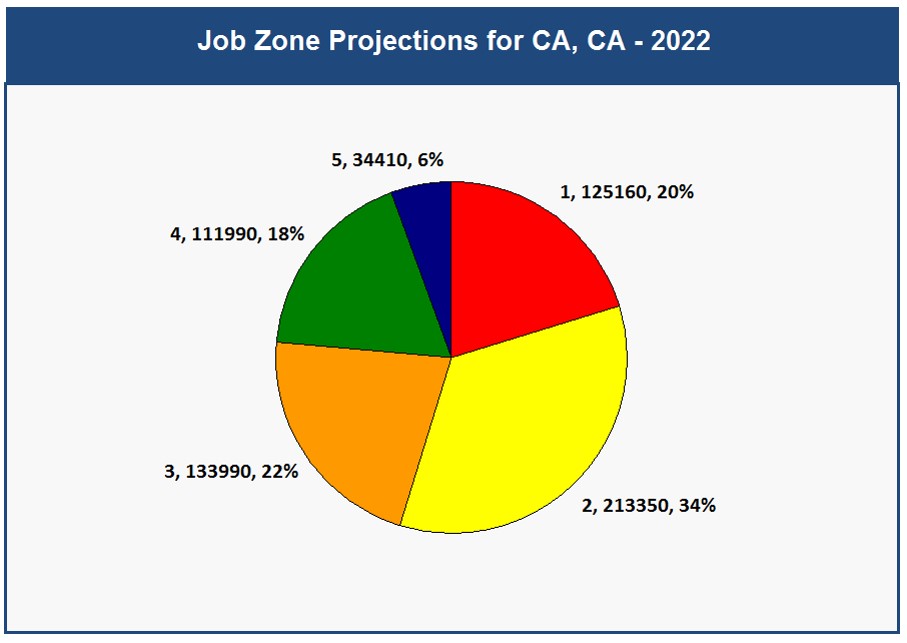Regional Labor Market Information
Headed2 (H2) weaves regional labor market information (LMI) into the research based career navigation and development process. The backbone of the LMI is
 O*NET. O*NET is short for the Occupational Information Network and serves as the authoritative source for occupational information in the United States (https://www.onetonline.org/ ). H2 leverages authoritative data sources and the public data system to provide the community with user friendly articulations of LMI to facilitate the delivery of demand driven regional career pathways initiatives. Besides O*NET, these are some of the more popular data sources integrated into the H2 career navigation experience
O*NET. O*NET is short for the Occupational Information Network and serves as the authoritative source for occupational information in the United States (https://www.onetonline.org/ ). H2 leverages authoritative data sources and the public data system to provide the community with user friendly articulations of LMI to facilitate the delivery of demand driven regional career pathways initiatives. Besides O*NET, these are some of the more popular data sources integrated into the H2 career navigation experience
Occupational Wages. Occupational Employment Statistics (OES) – Program produces employment and wage estimates annually for over 800 occupations. These estimates are available for the nation as a whole, for individual States, and for metropolitan and nonmetropolitan areas; national occupational estimates for specific industries are also available. This data helps learners consider wages in their career exploration process and employers and policymakers understand wage trends to support occupational demand analysis (http://www.bls.gov/oes/).
Occupational Projections. Projections Central (State Occupational Projections) – Projections of occupational employment growth are developed for all States and the nation as a whole. One of the most important uses of the projections is to help individuals make informed career decisions. Information on this site allows projected employment growth for an occupation to be compared among States. It also allows projected employment growth among occupations to be compared within one State. The data source helps regional consortiums access regional projections and to understand the demand for select career pathways promotion and offerings to support economic development efforts while helping learners evaluate career choices based on projected openings for a given occupation (http://www.projectionscentral.com/Home/Index ).
Industrial Sector Employment Demand. Quarterly Census of Employment and Wages (QCEW) – Program publishes a quarterly count of employment and wages reported by employers covering 98 percent of U.S. jobs, available at the county, MSA, state and national levels by industry. This data source can help regional consortiums deploy demand driven industry sector strategies (http://www.bls.gov/cew/).
Career Pathways. Career Pathways is a series of connected education and training strategies and support services that enable individuals to secure industry relevant certification and obtain employment within an occupational area and to advance to higher levels of future education and employment in that area. Comprehensive and standardized mapping of CIP codes and O*NET/SOC occupational codes into career clusters and career pathways is provided. This data can help locals relate their program offering to career clusters and occupations (http://cte.ed.gov/accountability/perkins-iv-crosswalks ).
Postsecondary Data. Integrated Postsecondary Education Data System (IPEDS)- IPEDS forms the institutional sampling frame for other NCES postsecondary surveys, such as the National Postsecondary Student Aid Study and the National Survey of Postsecondary Faculty. This data source can help regional consortiums understand regional occupational supply to inform regional occupational supply and demand studies. These studies help to guide the selection and development of career pathways as well as regional career pathway promotion ( https://nces.ed.gov/ipeds/about/).